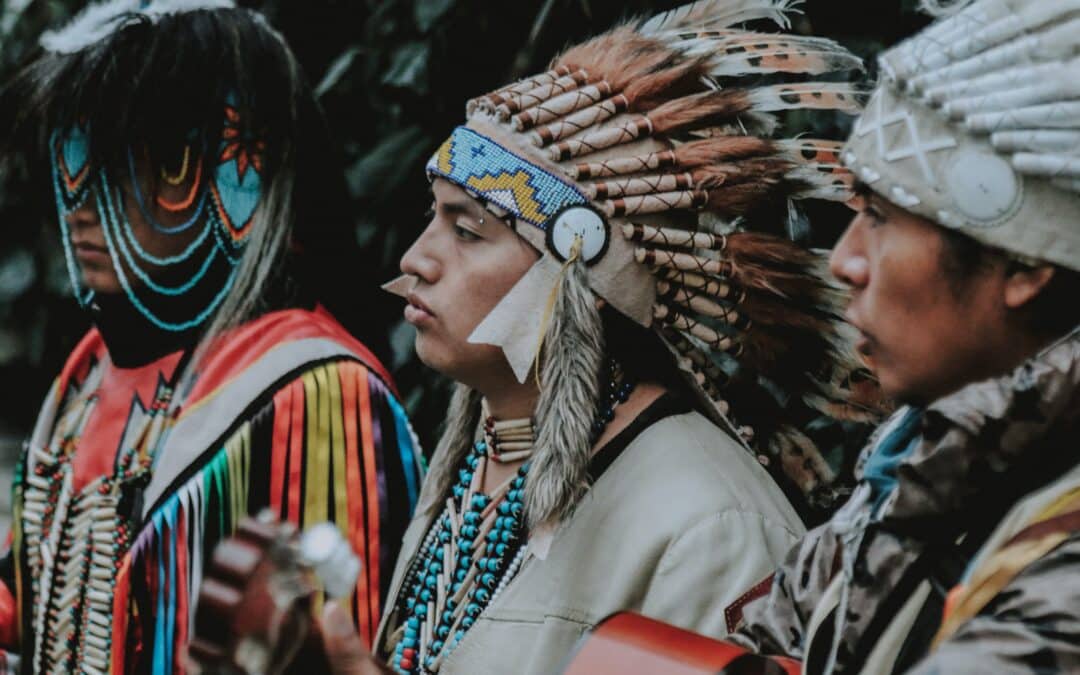Nestled along the stunning coastline of Southern California, San Diego is a city with a rich tapestry of history, shaped by the diverse communities that have called it home for centuries. At the heart of this history lie the indigenous people whose presence predates the arrival of European settlers. Their story is one of resilience, cultural richness, and a deep connection to the land.
Pre-European Settlement:
Long before the first Spanish explorers set foot on the shores of San Diego, the region was inhabited by a variety of Native American groups. The Kumeyaay people, in particular, were the original inhabitants of the area, establishing a harmonious relationship with the land and its resources. Their communities were spread across what is now San Diego County, and they thrived through a combination of hunting, gathering, and agriculture.
The Arrival of the Spanish:
In 1542, Juan Rodriguez Cabrillo, a Portuguese explorer sailing under the Spanish flag, became the first European to set eyes on the San Diego Bay. However, it wasn’t until 1769 that the Spanish established the first of a chain of missions, the Mission San Diego de Alcalá, with the intent of converting the indigenous people to Christianity and integrating them into the Spanish colonial system.
Impact on Indigenous Communities:
The arrival of the Spanish marked a significant turning point for the indigenous people of San Diego. The mission system disrupted traditional ways of life, as Native Americans were forced to labor on the missions and adopt European customs. The spread of diseases, to which the indigenous population had little immunity, further devastated their communities.
Despite these challenges, the indigenous people demonstrated remarkable resilience. Many Kumeyaay individuals adapted to the new circumstances while preserving elements of their culture, blending old traditions with new influences.
American Period and Cultural Revitalization:
In the mid-19th century, California became part of the United States following the Mexican-American War. This transition brought additional challenges for the indigenous communities as they faced displacement, loss of land, and continued attempts at assimilation.
However, the latter half of the 20th century saw a resurgence of indigenous pride and efforts to revitalize traditional cultures. Activism, education, and cultural preservation projects played crucial roles in reconnecting the younger generations with their heritage.
Contemporary Perspectives:
Today, San Diego is home to a vibrant indigenous community that continues to contribute to the city’s cultural mosaic. Organizations, such as the Kumeyaay Diegueño Land Conservancy, work tirelessly to protect and preserve sacred sites and cultural heritage. Events like the annual San Diego American Indian Film Festival showcase the diversity and resilience of indigenous voices.
Conclusion:
The history of indigenous people in San Diego is one of triumph over adversity, resilience in the face of colonization, and a continuous effort to maintain cultural identity. As we celebrate the rich tapestry of San Diego’s history, it is crucial to honor and amplify the voices of the indigenous communities who have called this land home for generations. In doing so, we recognize their enduring contributions to the cultural fabric of this beautiful city by the sea. To learn more about the rich history of San Diego, book your sailing tour with us to experience all that San Diego has to offer.


Recent Comments